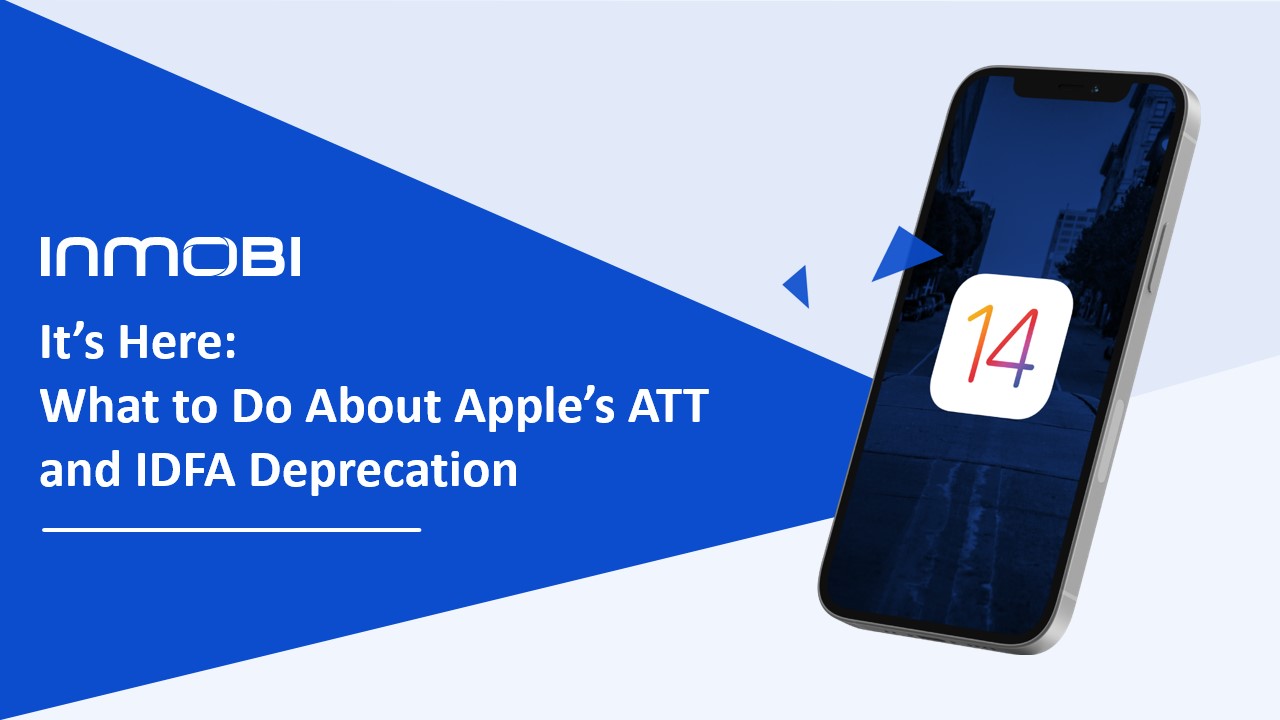- Advertising
Benefits of Running Advertising Campaigns Centered Around Programmatic Advertising KPIs

Apple’s AppTrackingTransparency (ATT) framework makes it more difficult to target audiences at the user level on iOS devices, which is leading to alternatives, such as centering campaigns solely around programmatic advertising KPIs (key performance indicators), becoming more common in in-app programmatic campaigns. How do you bring campaign goals and KPIs to the forefront, and why is this beneficial for anyone running in-app programmatic ads?
How KPI-Based Campaigns Work
Let’s level set on what we’re talking about here. With KPI-based campaigns, buying is solely centered around achieving a particular KPI. Branding campaigns have long relied on this kind of logic, using high-level KPIs to determine if enough of the right people were exposed to a brand’s messaging and ads.
The idea being here is that if an advertiser meets or exceeds their KPIs with a particular campaign, then they can be certain that the campaign was successful and that it reached the right people.
What kinds of KPIs do mobile advertisers prioritize? Viewability is a big one, to make sure that people verifiably saw the ad. For video ad campaigns, video completion rates (VCR) are key, as they highlight whether people liked the video ad enough to watch it up until the end. Other common KPIs include click-through rate (CTR) and view-through rate (VTR).
For example, let’s say an advertiser wanted to run a brand awareness campaign in app using a variety of formats, including display ads and native ads. To determine whether the campaign was successful in the end, the advertiser can look to see if viewability was high - often at least above 80%.
This can be a better indicator of reach that just looking at the total number of people exposed to ads, as a metric like viewability rate highlights whether people actually saw the ad – which is critical for branding.
KPI-led campaigns can also work for down-funnel activities like custom acquisitions. For instance, let’s say a brand wanted to use video ads to drive people to sign up via a dedicated landing page. One way they could tell if their video campaign was successful was by seeing if the ad had a high video completion rate (ideally over 80%). This could then help them calculate the overall conversion rate, to see if people actually went from watching the video to visiting your site to signing up.
Benefits of KPI-Based Campaigns
KPI-based campaigns are poised to make a comeback, especially on the in-app side. Privacy-first initiatives from industry players, such as the ATT framework, alongside legal changes such as GDPR and CCPA, have made it less feasible to run ad campaigns that target very specific subsets of users, especially when you think of retargeting campaigns.
KPI-led advertising, however, can be done independently of any user-level targeting. Even if an advertiser is not explicitly going after a specific subset of people, they can be sure they are reaching them just by reviewing their KPIs.
For example, let’s say a luxury automaker was looking to boost awareness of its latest line of cars. In the past, they may have elected to only show their ads to people they knew would be interested in buying their cars (like high income earners).
But even if they can’t target these kinds of user cohorts, the brand could still use KPIs to make sure that the right people were seeing their ads.
If the automaker ran creatives that highlighted the luxuriousness of their new line of cars and saw a high viewability rate and a high click-through rate, then the brand could be confident that the ads were successful as those metrics can be initial indicators of potential success.
It’s not always a one-to-one connection between interactivity and intent to buy, of course, but it does give a brand a sense of whether their ads are at least reaching audiences that are interested in their messaging.
KPI-based campaigns don’t have to be solely reactive. When advertisers are able to collect data and review ad performance in real time, they can tweak campaigns as they are running to ensure optimal performance.
Other Privacy-First In-App Advertising Options
Of course, KPI-based advertising is not the only privacy-centric way to run a campaign. In particular, contextual targeting, in which ads are shown based on the content someone is consuming in the moment, can be used in addition to or alongside KPI-based advertising. In this way, brands can be sure their programmatic advertising efforts are successful even in the absence of highly specific audience targeting.
Stay Up to Date
Register to our blog updates newsletter to receive the latest content in your inbox.









